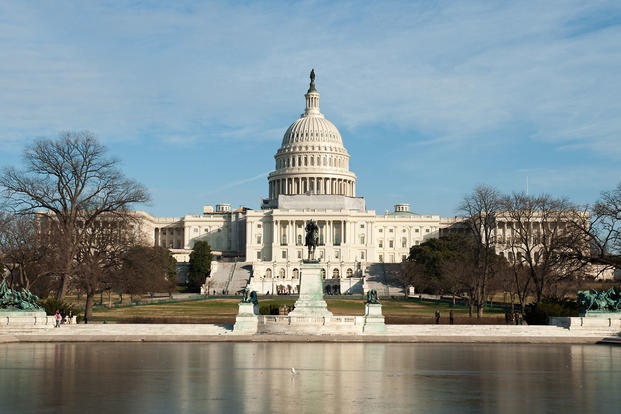The President’s short-lived federal hiring freeze ended in April, but job cuts and restructuring of federal agencies are still likely and may result in more job candidates in the talent pool for employers looking to hire more workers.
Once the hiring freeze was lifted, federal agencies were directed to review their budgets and make cuts to the workforce where needed. One strategy that has emerged is using attrition to thin the ranks of federal employees. By not hiring replacements for those who have left there is an immediate cost saving to the government, although losing that skilled worker means the institutional knowledge is also lost and won’t be cultivated because those positions most likely won’t be filled by a new hire given the current budget constraints.
The good news is, those leaving or retiring from federal service have valuable skills and experience and employers looking for more seasoned workers will be able to find them. These workers are also more likely to be veterans since roughly 31 percent or roughly 600,000 of the 2 million federal workers are veterans.
The best time to find these experienced workers is January. According to Federal News Radio, it is the highest month for turnover and also a popular month to recruit college talent.
While the hiring freeze is no longer in effect, clearly there are barriers to federal hiring which can translate to more job seekers in the talent pool, and as an employer, you may be eligible for valuable tax breaks when you hire veterans.
Given this information, the time is right for companies to review recruitment and retention programs with the goal of ensuring that they are appealing to those federal workers leaving government service and to younger talent who would like to work for the government but can’t because of the limited budgets and drastically slowed hiring tempo.
Companies can take advantage of consulting services that will help them grow or create their existing recruitment and retention programs and position those programs within the context of changing hiring conditions. Another good strategy is to show your commitment to veteran hiring with a hiring pledge.
The question is whether or not those leaving government jobs or looking for government jobs will be attracted to private sector employment. Employers need to make the value of their benefits packages obvious. While the private sector can’t guarantee the stability of a government job, employers can highlight the incentives they offer that are not found in government work, like performance-based bonuses and employee morale programs. It is important to understand why veterans are drawn to federal service so that you can tailor your pitch for private sector employment.
Additionally, now may be the time to talk long term employees and find out what it is a company that has kept them there. If the answer is generous salaries or exceptional benefits or the perk of flexible scheduling, those need to be highlighted to potential recruits and underscored during the onboarding process.
Finally, keep healthcare in mind. The federal government offers reliable healthcare coverage as an incentive and in today’s uncertain healthcare landscape, a solid health benefits program could be the key that brings in quality talent from the government side.
For more information on creating or enhancing your recruitment and retention programs, visit our Veteran Employer Resource Center online.






